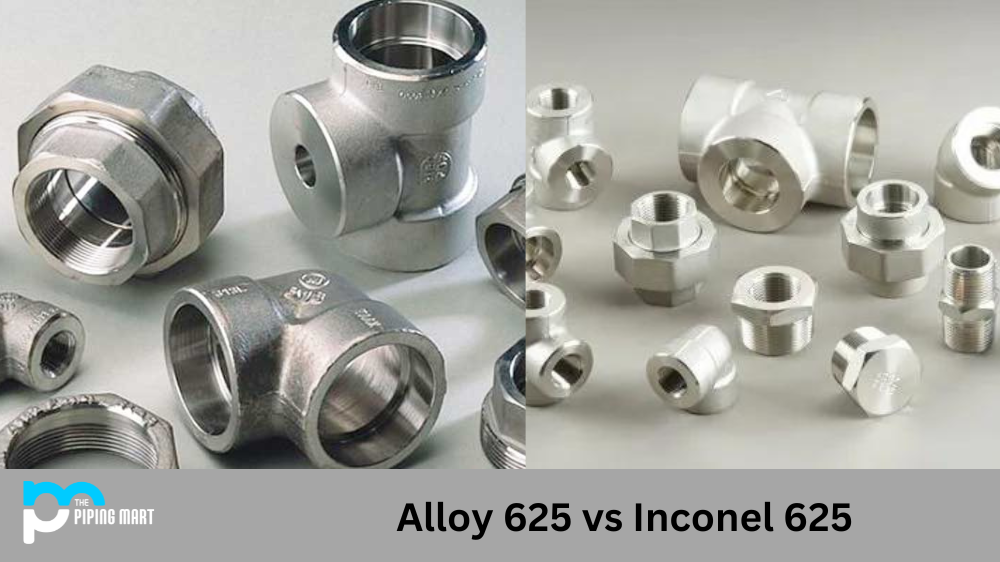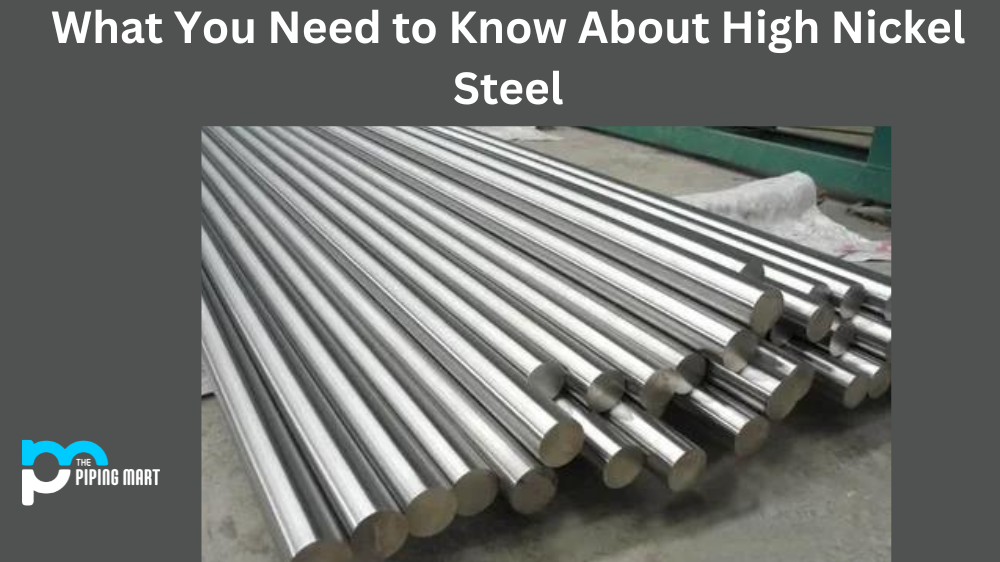Steel is essential in many industries, from construction, transportation, and manufacturing to the aerospace and defence sectors. However, there are different types of steel, each with unique properties, composition and applications. Two of the most popular steel variants are 8670 and 5160 steel, known for their strength, toughness, and durability.
Difference Between 8670 and 5160 Steel
But how do these two steels differ in their properties, performance, and applications? This blog post will explore the fundamental distinctions between 8670 and 5160 steel and provide insights into their strengths, weaknesses, and optimal uses.
Composition and Properties
8670 steel is a low-alloy steel that contains significant amounts of chromium, molybdenum, and nickel. It has high hardenability, wear resistance, and fatigue strength, making it ideal for heavy-duty machinery, aircraft parts, and ordnance components. Moreover, 8670 steel can withstand high temperatures and extreme stress, making it a popular choice in the oil and gas and power generation industries.
On the other hand, 5160 steel is a medium-carbon, low-alloy spring steel that is alloyed with manganese and silicon. It is known for its high yield strength, toughness, and excellent fatigue resistance. It’s commonly used in the automotive and industrial sectors for manufacturing leaf springs, coil springs, and other spring components. Moreover, it’s affordable and easy to shape, bend, and temper, making it ideal for forging and machining.
Heat Treatment and Machinability
8670 and 5160 steel sheets need heat treatment to enhance their mechanical properties and increase their hardness. However, they require different tempering and quenching methods to achieve optimal results.
For instance, 8670 steel needs a long, high-temperature quenching process to achieve maximum hardness and toughness. This process can be costly and time-consuming, making it less desirable for small-scale manufacturing. However, one benefit of 8670 steel is its excellent machinability, which means that it’s easy to shape, weld, and grind, making it ideal for making intricate components and parts.
On the other hand, 5160 steel is more straightforward to heat-treat and has less austenitizing and hardening issues. It’s less prone to deformation, cracking, or warping during heat treatment and has a wide hardening range. Moreover, it has good machinability, allowing manufacturers to produce springs and other components quickly and efficiently.
Strength and Toughness
Regarding strength and toughness, 8670 and 5160 steel sheets are known for their robustness and durability. However, each steel has specific properties ideal for different applications.
For example, 8670 steel has superior tensile strength, fatigue resistance, and impact toughness, making it ideal for heavy-duty components that must withstand high stress and wear. It’s commonly used in the aerospace and defence industries for making landing gear, turbine discs, and missile parts.
On the other hand, 5160 steel has exceptional elasticity, ductility, and flexibility, making it ideal for making springs, blades, and other components that need to bend, twist or deform without breaking. It’s commonly used for making suspension components, hand tools, and swords.
Cost and Availability
The cost and availability of 8670 and 5160 steel can vary depending on the region, market demand, and supplier. However, 5160 steel is generally more affordable and accessible than 8670 steel. Moreover, it’s widely used in many manufacturing sectors, making it available in various shapes, sizes, and forms.
On the other hand, 8670 steel is more expensive and harder to source due to its niche applications and complex composition. However, it’s more durable and reliable in demanding conditions, making it a worthwhile investment for high-performance industries.
Conclusion
In conclusion, 8670 and 5160 steels are high-quality materials with exceptional properties and applications. They differ in composition, heat treatment, machinability, strength, and cost. The optimal choice of steel will depend on the specific requirements of the component, industry, and application. However, by understanding the fundamental distinctions between these two steels, manufacturers can make informed decisions and choose the right material for their needs.

Meet Bhavesh, a seasoned blogger with a wealth of knowledge and experience. From metal products manufacturing to retail, Bhavesh has a diverse background in various industries and is dedicated to sharing his insights and expertise with readers.




